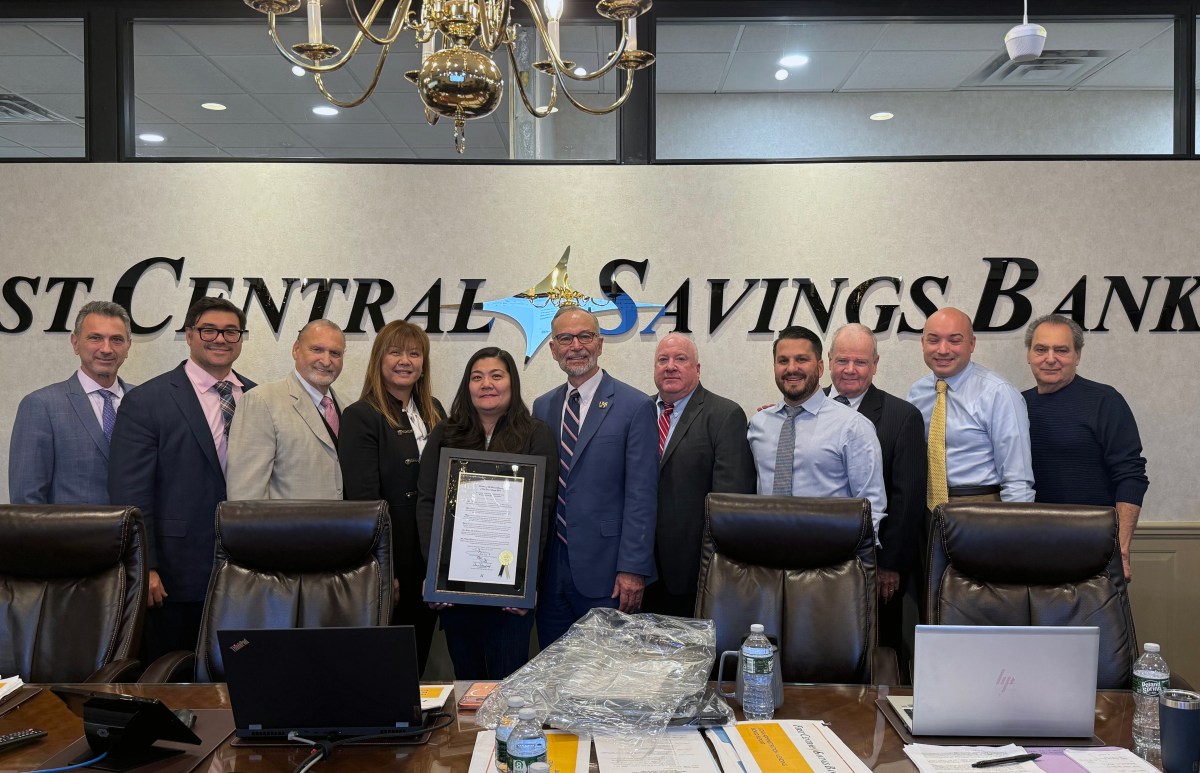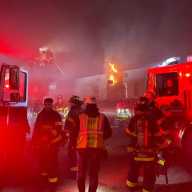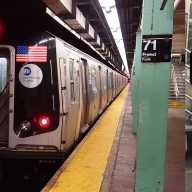Queens is home to the city’s highest concentration of immigrants who do not receive food stamps for which they are eligible and the city is losing millions of dollars in federal funds as a result, according to a recent report from FoodChange, a Manhattan-based anti-poverty organization.
FoodChange estimates that there are more than 717,000 eligible individuals who are not participating (ENPs) in the Federal Food Stamp Program (FSP) throughout the City. Of that number, the group believes that more than 180,000 of them are immigrants.
The group estimates that almost 68,000 or 38 percent of all ENP immigrants live in the borough of Queens. Of this number, FoodChange counted approximately 9,100 in zip code 11368 - West Queens-Corona - home to many Dominicans and Ecuadorians.
“Not only with accessing food stamps but with many services there has always been a disconnect between immigrants and the mainstream,” said City Councilmember Hiram Monserrate, who represents that neighborhood.
According to the report, although foreign-born non-citizens make up 43 percent of that zip code, they represent 48 percent of those living at or below 130 percent of the federal poverty guideline.
Elmhurst (zip code 11373) has the second largest ENP immigrant population in the borough with an estimated 7,374 people. Jackson Heights (zip code 11372), with 6,601 ENP immigrants, ranks third.
Monserrate believes that the assimilation process often stands in the way of immigrants receiving various services as they confront a new society with a language and rules with which they are unfamiliar.
Additionally, some are fearful of seeking help because they are undocumented and scared to access any government program.
“Even for immigrants to know what their rights are,” has always been a challenge, Monserrate said.
In order to help get ENPs signed up for food stamps Monserrate said that he will be working with a few not-for-profit organizations to raise community awareness and will assign someone in his office to help people sign up.
Not only do people miss out on food they could have, but the city also misses an opportunity to collect millions of dollars in federal funding that would ultimately be reinvested into needy communities.
The FoodChange report estimates that the city loses $61 million of federal funding in Queens alone because of eligible immigrants who do not receive food stamp benefits.
Helping ENP immigrants sign up and use these benefits would help boost business for local grocers, bodegas and supermarkets, Monserrate said.
“It’s a win for individual families and a win for the city,” he said.
In recent months, the City Council has ramped up its efforts to increase participation in the FSP as well as to ensure that recipients have access to fresh produce.
In an effort to expand its organizing and outreach abilities, the Council collaborated with the New York City Central Labor Council and its member unions. As part of that partnership, labor leaders and union members will participate in training sessions to identify New Yorkers who may be eligible for food stamps and encourage friends and neighbors to enroll in the federal program.
As chair of its Oversight and Investigations Committee, City Councilmember Eric Gioia has conducted four investigations on food stamp eligibility in New York City since 2001, according to his office.
His investigations have found that while there has been some improvement in food stamp participation over the years, there is still work to be done.
“No New Yorker should ever go to bed hungry,” said Gioia.
The Council has also helped New Yorkers use food stamps at farmers’ markets and is working to coordinate the City’s food system and expand outreach about various food assistance programs.
“Our hope is that New York City can lead the nation by increasing food stamp participation, especially within the immigrant population, and maximizing the city’s use of federal dollars,” said Nicole Christensen, director of food access at FoodChange.
































